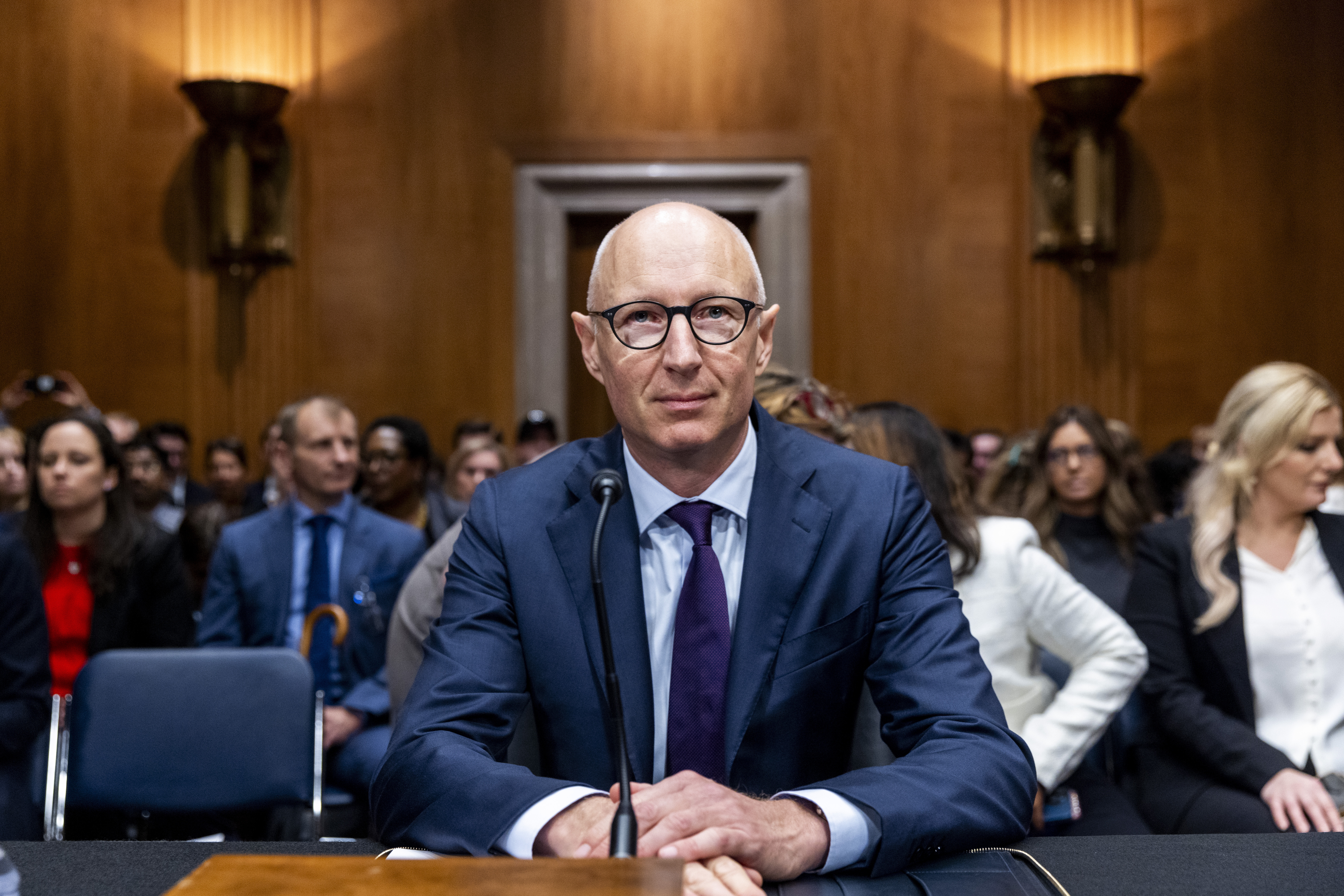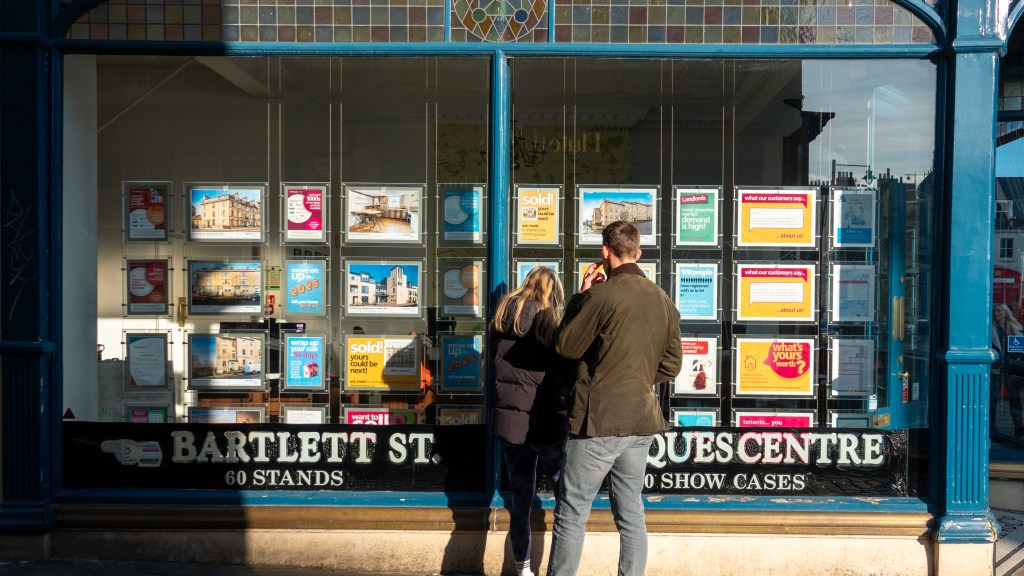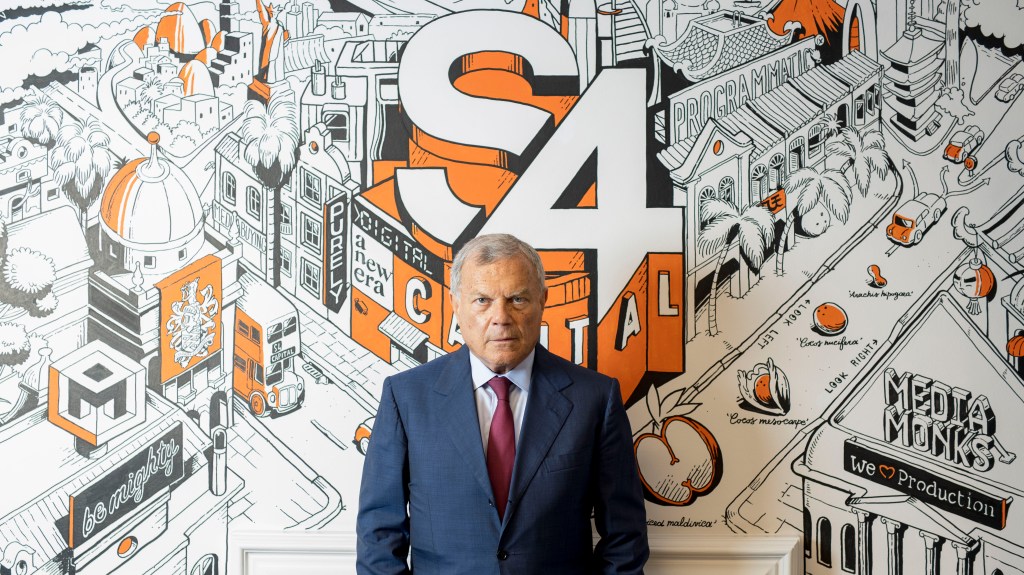Investment Insights: European Companies on My Radar
The recent dismissal of the CEO of Novo Nordisk, once deemed Europe’s top business, sent ripples through the stock market, primarily due to a decline in share prices amid ongoing challenges.
Boosted previously by the success of its weight-loss medications, Ozempic and Wegovy, Novo Nordisk’s stock soared to a valuation surpassing Denmark’s GDP. However, the company’s fortunes have taken a downturn, resulting in the exit of Lars Fruergaard Jorgensen.
Despite this corporate upheaval, as Britain navigates its trade dynamics with the European Union, I remain focused on long-term investment opportunities across Europe.
Maintaining a broader perspective is essential. Back in June 2021, I allocated 2% of my savings to Novo Nordisk, purchasing shares at approximately 254 Danish krone each, factoring in a subsequent stock split.
While potential profits are encouraging, true gains only materialize upon selling. I sold half of my shares last August for DKK926, a move that proved wise in light of disappointing drug trial results and the recent CEO change impacting share value. This week, I re-entered the market, acquiring additional shares for just under DKK434—less than half of my previous selling price.
Future developments are unpredictable, especially with geopolitical tensions possibly affecting Danish-American relations. Nevertheless, Novo’s appetite-suppressing drugs meet a critical need in addressing obesity, a growing concern in a world where food is often abundantly available.

In the competitive landscape, Novo’s significant rival, Eli Lilly (LLY) offers even more advanced appetite suppressants, Mounjaro and Zepbound. I have also invested 2% of my savings in Eli Lilly, making an initial purchase at $441 per share in July 2023.
The performance of Eli Lilly has been striking, with shares trading at $713 last Friday, ranking it as my sixth most valuable asset. While Eli Lilly benefits from diversification, I hope Novo’s specialization in weight management will eventually yield significant returns.
Additionally, I hold significant stakes in two other growing European firms: Adidas (ADS), a leading German sports apparel company now among my top ten investments, and EssilorLuxottica (EL), the world’s largest eyewear company which occupies the fourth position in my portfolio.
The commercial potential of sports is evident, particularly with the FIFA Club World Cup 2025 set to kick off next month, featuring teams like Chelsea and Manchester City. This will be the tournament’s first occurrence on American soil.
Due to various reasons, many sports entities prefer alternatives to American sportswear, prompting my investment in Adidas shares at €61 back in July 2014; they are now valued at €214.
Adidas has supplied World Cup footballs since 1970 and has capitalized on the rise in athleisure wear, which remains popular post-pandemic as more people opt for comfort over formal attire.

While a return to office work is occurring, the athleisure trend appears to be here to stay. The global demand for sports apparel and accessories remains strong despite tariff challenges on imports into America. I remain optimistic about the long-term benefits of investing in fitness-related businesses.
EssilorLuxottica may not be widely recognized in the UK, but it produces approximately one-third of the world’s optical lenses. The increasing lifespans and screen time of individuals make it a pivotal player in the eyewear sector.

With changing perceptions around aging and eyesight, the firm is well positioned, especially with its recent collaboration with Meta Platforms to create innovative eyewear that incorporates AI features.
I invested at €96 per share in March 2019, and they have risen to €252 recently.
While these investments have yet to produce significant dividends due to taxes, I appreciate the capital growth potential and remain hopeful for ongoing increases.
Investment Challenges and Lessons Learned
Investing carries risks, which are the trade-off for seeking returns beyond traditional bank savings. Yet, painful losses can leave investors feeling foolish.
It’s crucial to transparently discuss both successes and failures within investment journeys. Recently, I faced substantial losses related to my investments in two Continental companies: Bavarian Nordic Research Institute (BAVA) and UPM Kymmene (UPM).
I purchased Bavarian shares for 258 Danish krone last August, which have since dropped to DKK168—quite a setback. Similarly, my UPM shares, bought at €29.70 in August 2023, have decreased in value to €24.57.
These declines have been disheartening, especially since Bavarian does not provide income to alleviate the losses, and UPM’s appealing dividend yield is diminished by taxes.
Nonetheless, I remain optimistic that the resurgence of international travel will revitalize Bavarian’s vaccine portfolio. UPM’s ventures in biorefineries, producing wood-based alternatives to traditional fuels and plastics, also position it for future growth.
Though these stocks have not yet proven profitable, they contribute to significant scientific advancements addressing critical issues—an inherent benefit of active stock selection. It fosters greater awareness of the surrounding commercial ecosystem, both domestically and internationally.




Post Comment